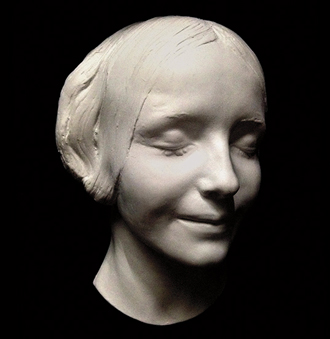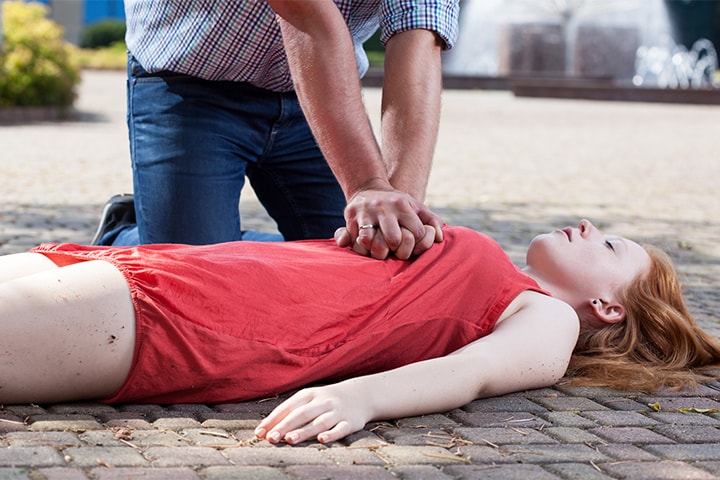She is the face that many have kissed during cardiopulmonary resuscitation (CPR) training and she has saved millions of lives, but who is she and what is her story?
She is known by many names – L’Inconnue de la Seine (Unknown Woman of Seine), the Mona Lisa of Seine, Resusci Annie, and The Most Kissed Girl in the World – and was a young girl whose body was pulled from the River Seine in late 19th century Paris.
She had no name, no history, and no story. But the pathologist who performed an autopsy on the body was so captivated by her beauty that he had her face preserved as a plaster death mask.
In the years that followed, copies of the mask were sold throughout bohemian Paris.
It was thought that she had died by suicide, but over the years, many stories have emerged of her being murdered, or eloping to Paris from Liverpool with a wealthy suitor.
In 1956, it was discovered that mouth to mouth breathing could maintain blood oxygen levels in a non-breathing victim, leading to the development of CPR.
When a member of the American Heart Association’s CPR committee saw that students practising CPR on one another risked causing rib fractures and pain, he approached a doll maker Åsmund Laerdal to create a realistic training model.
While contemplating the design, Laerdal remembered a mask on the wall of his grandparents’ house and decided to make it the face of his new resuscitation training aid, Resusci Anne.
It is estimated that Resusci Annie has likely helped more than 500 million people to train in CPR, saving around 2.5 million lives.
The line “Annie are you okay?” – used to check for a response in the patient – features in Michael Jackson’s Smooth Criminal, after the singer was inspired by his own CPR training.
These days you can be captivated by her beauty in resuscitation training rooms around the world, but there is one other place you can see her, say Loke and McKernon. The Lorenzi model makers in Paris, who produced L’Inconnue’s original death mask, continue to produce copies four generations on.
A linked editorial discusses the ethical questions raised by historical events and asks was the unknown woman of the Seine morally wronged?
At the time of her death, putting bodies on view and circulating death masks were customary practice. But they’re ethically troubling now. Should we be concerned about this circulation of her image without anything resembling consent?


